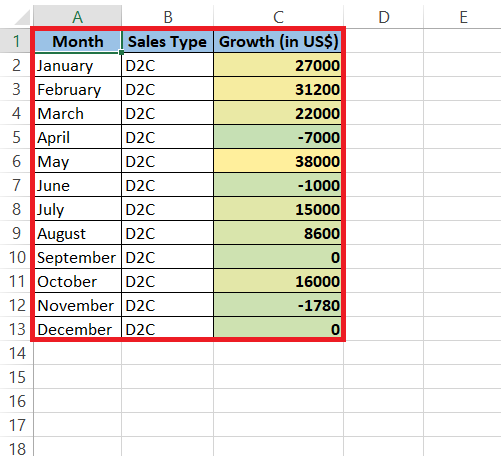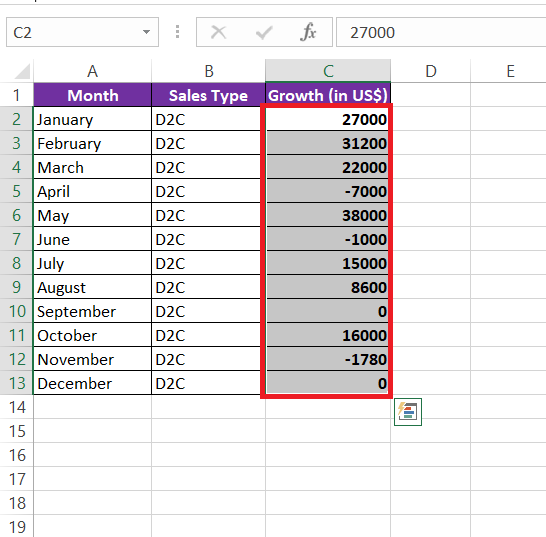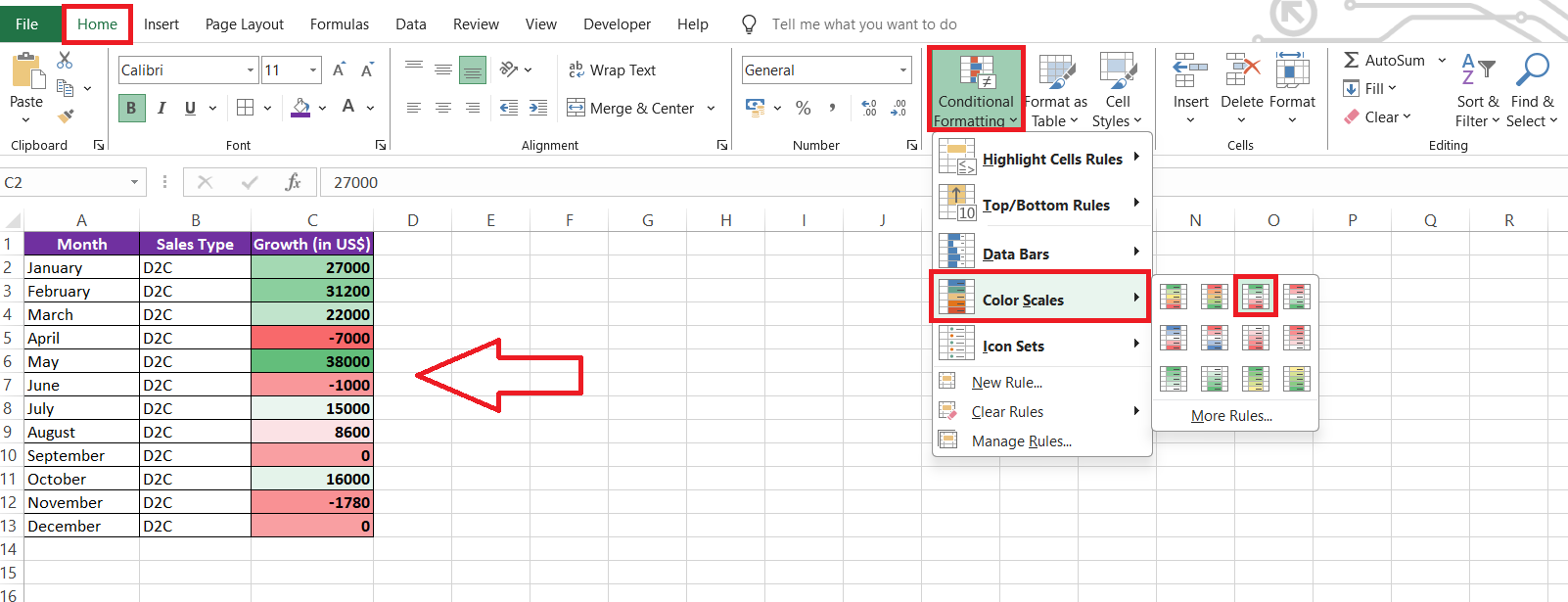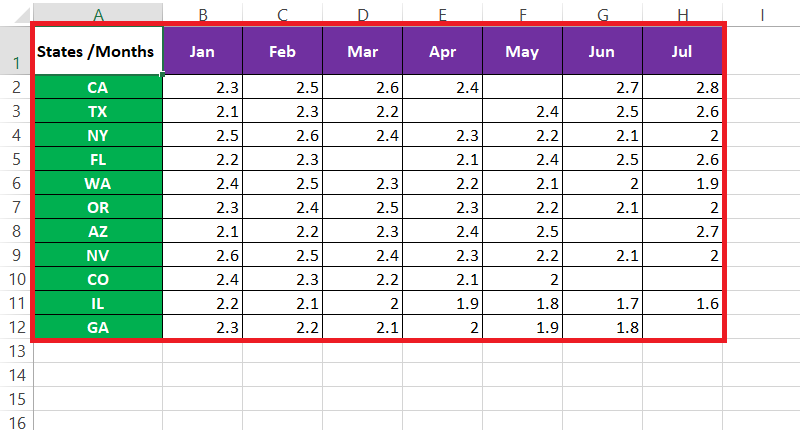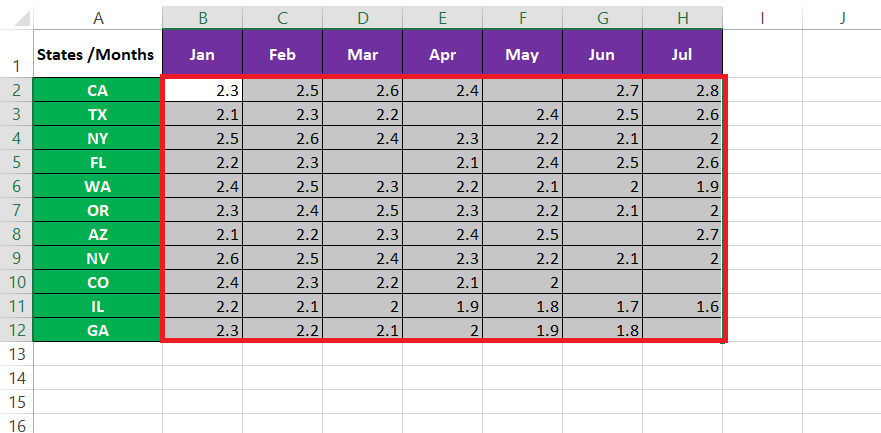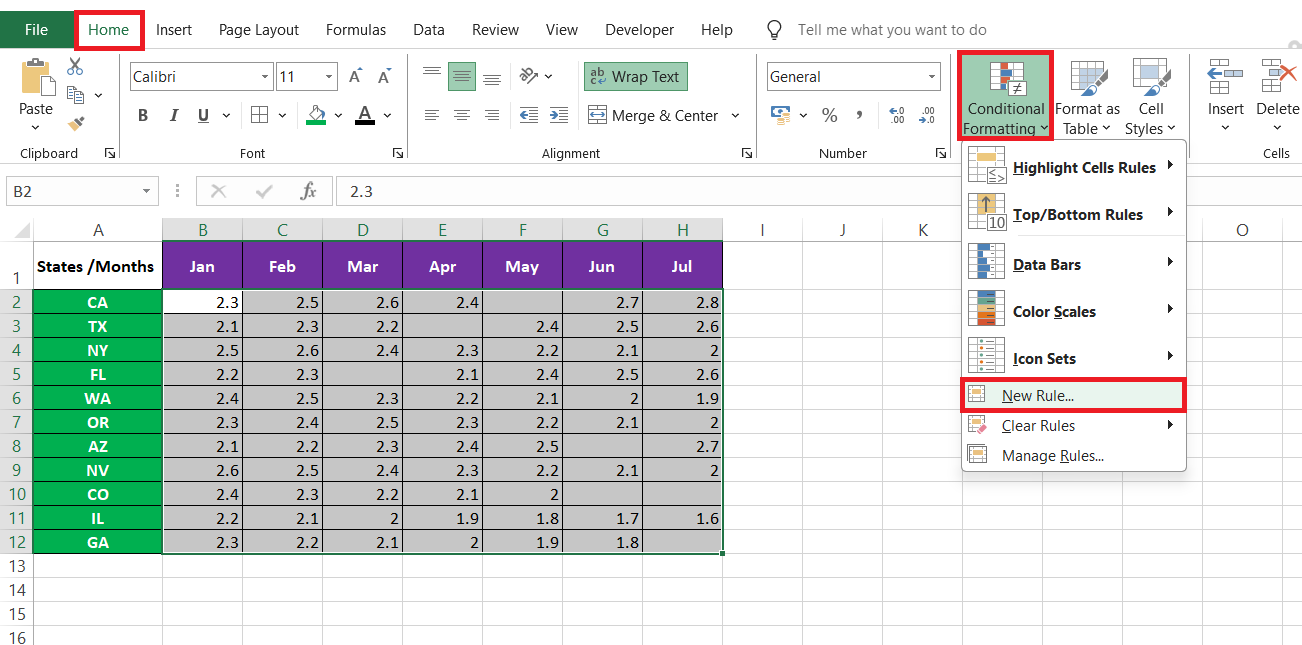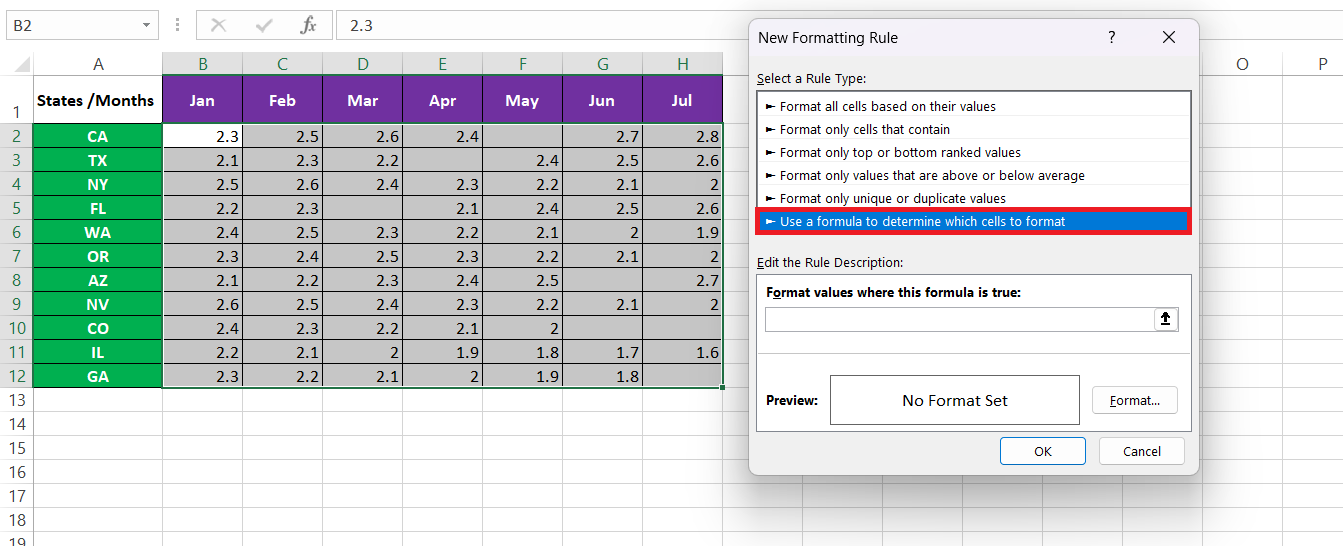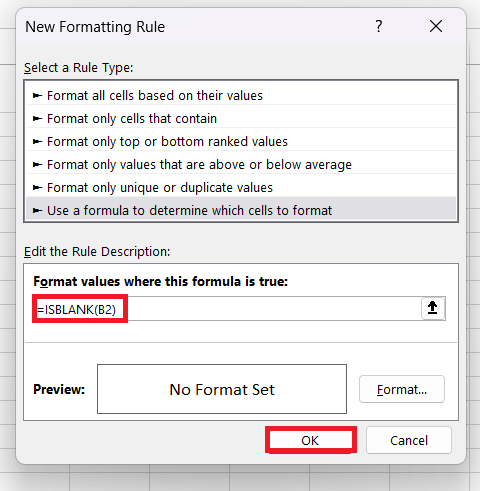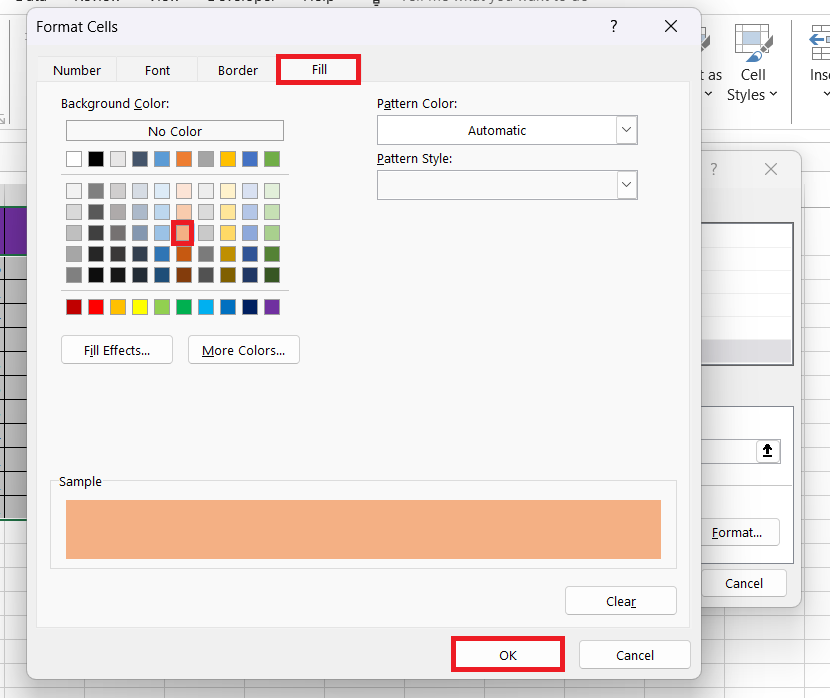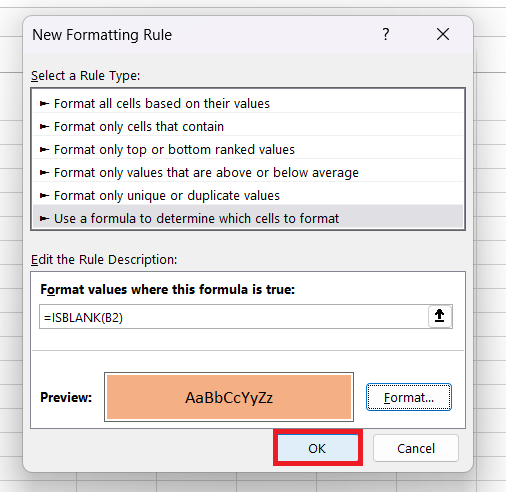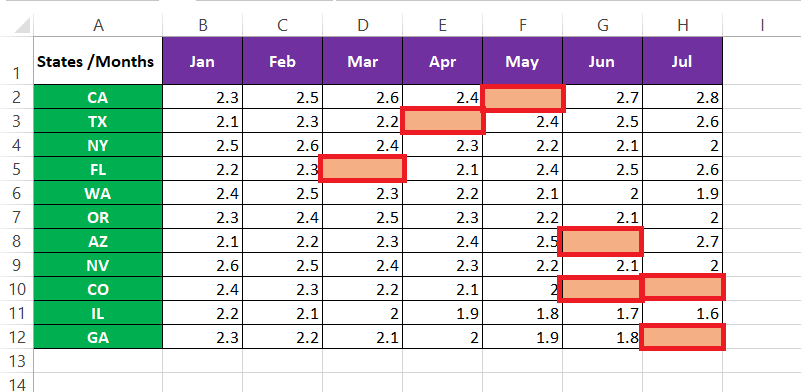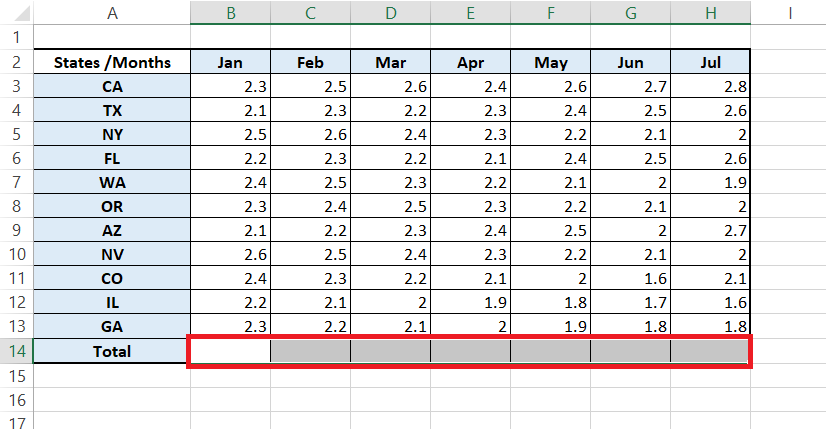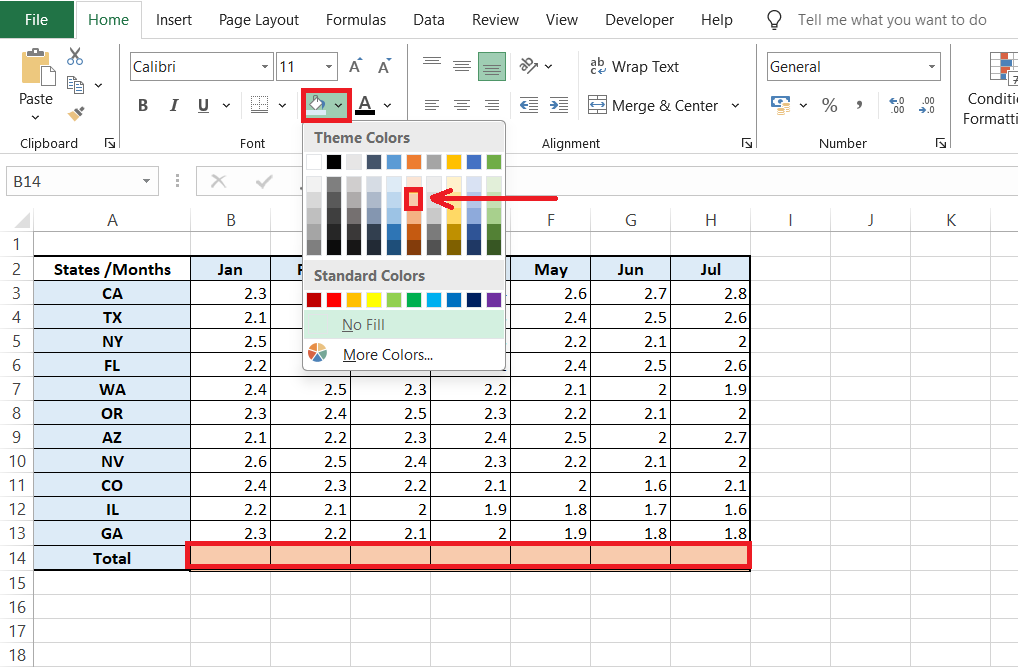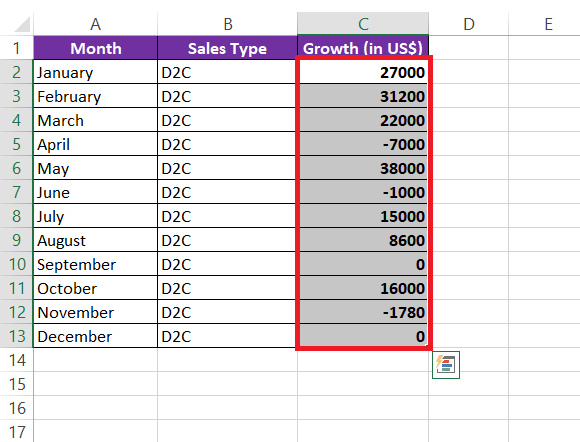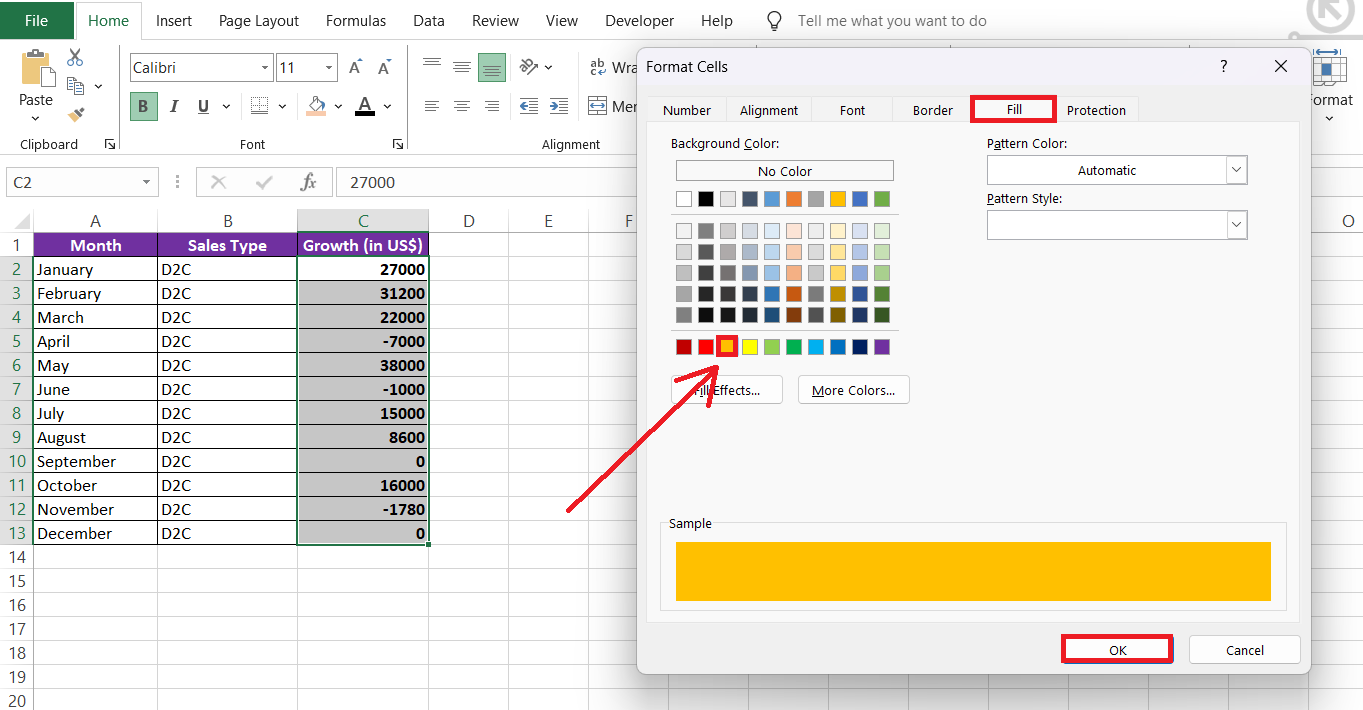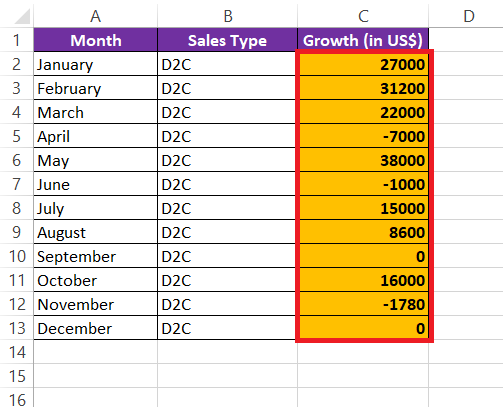Table of Contents
Introduction
The Power of Personalization in Excel
In today’s data-driven world, Excel spreadsheets are the backbone of organization and analysis. But beyond the figures and formulas lies the potential for visual impact! Personalizing your Excel spreadsheets by changing the background color of cells isn’t just about aesthetics—it’s a strategic move.
With the right hues, you can make your data easier to read, differentiate between types of information, and even enhance your presentation’s appeal.
What to Expect from This Tutorial
Embark on a journey to transform your mundane Excel spreadsheets into visually striking statements. This guide will lead you to step by step on how to change background colors in Excel, turning complexity into simplicity. Expect practical instructions, savvy tips for efficiency, and clever tricks to make your data pop.
Whether it’s applying dynamic color changes or setting up a sleek, consistent theme, this tutorial has got you covered. Get ready to add that personal touch to your work with skills that will impress your colleagues and streamline your workflow.
How to Change Background Color in Excel
Set Up Conditional Formatting for Real-time Color Changes
When your data is ever-evolving, using conditional formatting in Excel allows you to see those changes reflected in real time through colors. This fantastic feature dynamically adjusts the cell background based on the information it contains. Think of it as setting up traffic lights within your spreadsheet: certain criteria trigger color codes, guiding you through the significance of each data point.
Here’s a snippet of how to harness this tool:
STEP 1: Select the cells you wish to format.
STEP 2: Navigate to the ‘Home’ tab. From there, the ‘Conditional Formatting‘ button unveils a world of choices—whether you’re highlighting above-average performance with a vivid green or pinpointing critical deadlines in red.
It’s intuitive, responsive, and brings an immediate visual cue to the status of your data.
Using Formulas to Make Your Cells React to Data
Getting your cells to react to data with the help of formulas is a nifty way to tailor your color coding to specific conditions. In Excel, formulas within conditional formatting go beyond standard presets, unleashing the power to customize precisely how and when colors change.
Imagine having a datasheet with fluctuating gas prices across multiple states.
To pinpoint where prices are missing, you can set up by following the steps below;
STEP 1: Select the range B2:H12 (excluding the headers).
STEP 2: Go to the Home tab -> Conditional Formatting -> New Rule.
STEP 3: Choose “Use a formula to determine which cells to format”.
STEP 4: Enter the formula “=ISBLANK(B2)” (assuming you are applying formatting to cell B2, adjust accordingly for other cells).
STEP 5: Click on Format… to choose a fill color (e.g., light blue) for blank cells.
STEP 6: Then OK again to close the Conditional Formatting Rules Manager.
RESULT: Mastery of these formulas allows you to create an incredibly responsive and informative data landscape.
Stylizing Static Selections
Applying Permanent Colors to Highlight Key Information
Sometimes your data requires a visual anchor that doesn’t change, like a beacon that permanently highlights key information. Applying a solid background color to cells can make certain data stand out, helping you and others quickly locate the important figures amidst rows of numbers.
For instance, you might want to permanently shade the totals row at the end of a financial report to draw attention straight to the bottom line.
STEP 1: Simply select the cells you want to emphasize.
STEP 2: Use the fill color option—often symbolized by a paint bucket icon—to splash a bold tone that signifies importance.
This non-dynamic method of coloring is particularly useful for establishing sections of a spreadsheet that are of paramount importance.
Accessing “Format Cells” for Quick Color Adjustments
Quick color adjustments in Excel are a breeze when you tap into the “Format Cells” feature. If you’re in a hurry and need to tweak the look of your spreadsheet, this is your go-to.
STEP 1: Start by selecting the cells in need of a color revamp.
STEP 2: Then, either take a shortcut by hitting Ctrl + 1, or right-click and choose ‘Format Cells…’ from the context menu. Once the dialog box pops up, click on the ‘Fill’ tab, and you’re at the doorstep of your color palette. Here you can paint the town—well, your cells—any color you fancy, cementing your changes in just a few clicks.
RESULT: This method is perfect when you’re looking to make quick, one-off adjustments without setting up any rules or conditions.
FAQ
How to make a background black in Excel?
To set a black background in Excel, select the cells you want to modify, go to the Home tab, click on the Fill Color button—a paint bucket icon—and choose black from the color palette. This will instantly change your selected cells’ background to black, making your data pop, especially if paired with a white font color.
How do I change the background theme in Excel?
To change the background theme in Excel, click on the ‘Page Layout’ tab, select ‘Themes,’ and pick from the pre-existing list, or customize your own. If you want to apply this theme to all your future workbooks, save it as the default. This will ensure a consistent look across all your Excel documents.
How can I change the background color based on a cell’s value?
Change the background color based on a cell’s value using conditional formatting. Under the Home tab, click ‘Conditional Formatting’, select ‘New Rule’, and choose ‘Format cells that contain’. Set your specific value under ‘Format only cells with’, pick your desired color, and hit OK to apply the rule.
Is it possible to apply color changes to multiple cells all at once?
Yes, you can apply color changes to multiple cells at once in Excel. First, select the cells you want to modify by clicking and dragging your cursor, or hold Ctrl and click individual cells. Then, choose a fill color from the Home tab. Your selected color will apply to all chosen cells.
How can I remove the background color from my cells in Excel?
To remove the background color from cells in Excel, select the cell or range you wish to clear. Go to the ‘Home’ tab, click the ‘Fill Color’ drop-down arrow in the font group, and select ‘No Fill’. This action will restore the cells to their default transparent background.
John Michaloudis is a former accountant and finance analyst at General Electric, a Microsoft MVP since 2020, an Amazon #1 bestselling author of 4 Microsoft Excel books and teacher of Microsoft Excel & Office over at his flagship MyExcelOnline Academy Online Course.

